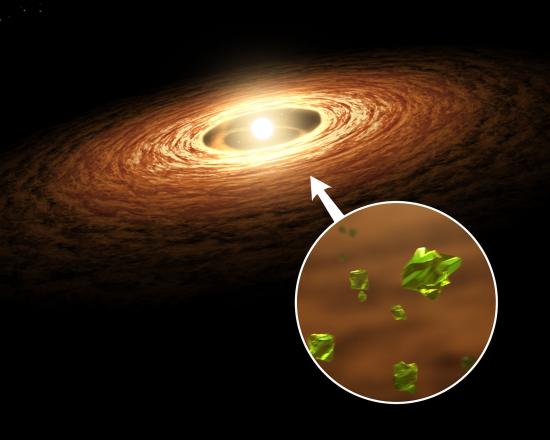2019 February: Stargazing with SPIRou
SPIRou unfolds its discovery programmes
Following an extensive testing programme that led to a successful acceptance, SPIRou has started its ambitious scientific exploration and is expected to be used at CFHT for hundreds of observing nights in the coming few years. SPIRou will tackle very diverse science programmes, from forming stars with protoplanetary discs to mature planetary systems, to atmospheres of Solar-System planets and close-in giant exoplanets (the so-called hot Jupiters), to weather patterns of nearby brown dwarfs and stellar archeology in remote parts of our Milky Way.

The largest ongoing science programme with SPIRou to date is called the SPIRou Legacy Survey and will need 300 CFHT nights over the next 4 years.
It aims at two main goals:
- the detection and characterization of multi-planet systems around the ~100 nearest red dwarfs of the Solar neighborhood, like the well-known 7-planet Trappist-1 system 39 light years away from us,
- the study of forming new worlds, like those in the stellar nurseries of the Orion nebula, and the ways magnetic fields affect this birth and rock the cradles.
SPIRou will observe for 50 nights in the first semester of 2019, with 10 to 15 runs in the full moon periods of February, April, June and July.
Out of these 50 nights, 32 are specifically dedicated to the SPIRou Legacy Survey.
During this semester, SPIRou should observe several hundreds of stars, some of them simultaneously with TESS like the young eruptive star EX Lup and its accretion disc considered as a good example of what the Solar System may have looked like at the very beginning of its life. First SPIRou science observations were collected on February 13 to 17 in the middle of a winter storm that badly hit the summit of Maunakea.



